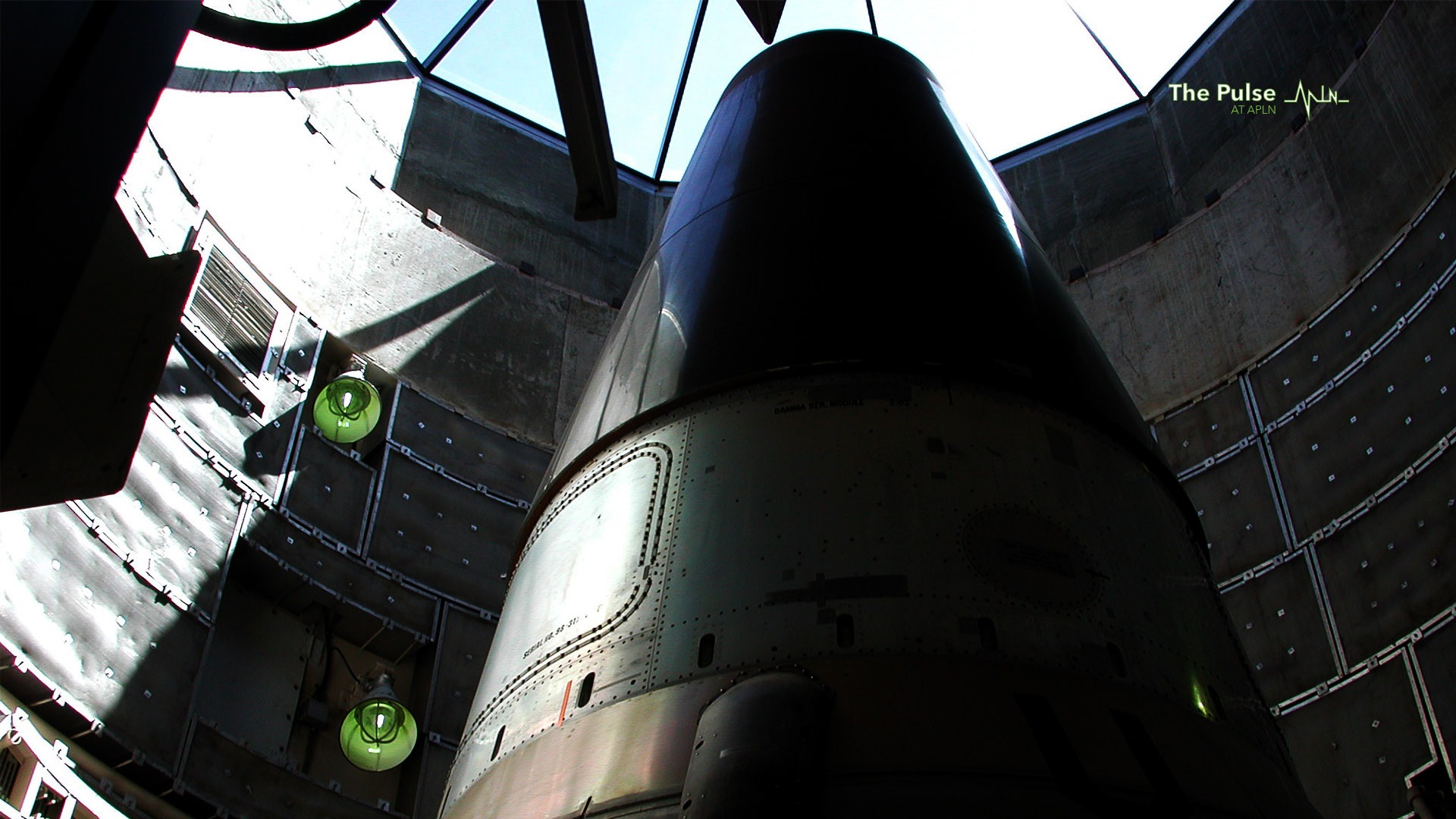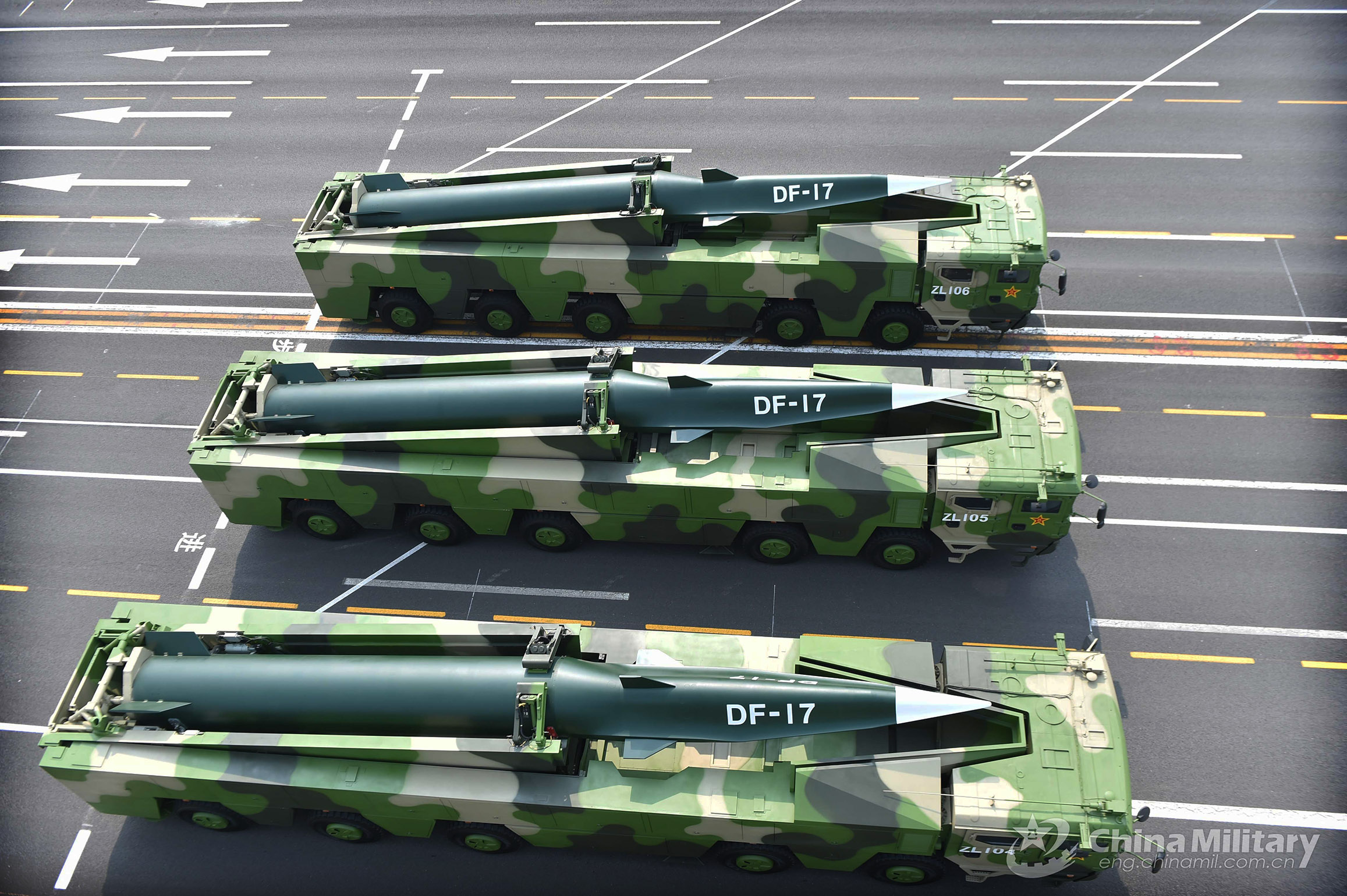Arms Talk vs. Balanced Security
With the demise of the Intermediate-Range Nuclear Force (INF) Treaty in 2019, the world seems to have entered a rather destabilizing stage. On the one hand, as the U.S. and Russia, the only two former INF members, have been free of the binding of the INF Treaty, they could technically quickly rearm themselves with land-based short-range and intermediate-range ballistic missiles, as the U.S. already has its sea-based Tomahawk and it could convert it to a land-based version pretty easily.
For Russia, the U.S. had long accused it, before Washington quit the treaty, of testing land-based missiles violating the INF. Even if the U.S. charge was untrue, Russia could still be quite close to acquiring a ground-launched ballistic missile capability, with a range close to 500 km and beyond.
On the other hand, as China was not a party to the INF, it had not been legally bound by the treaty. Therefore, Beijing has possibly taken such an advantage to build up its sizable inventory of intermediate-range ballistic missiles. On Aug. 26, the Chinese military announced that it tested its DF-26B, believed to have a range of 4,000 km, and DF-21D, believed to have a range of 1,800 km, to hit an area in the South China Sea.
American sources indicated that China’s Strategic Rocket Force had actually shot four such missiles, with two missing the target. The Pentagon has, for the first time, indicated in its annual report of China’s military and security developments, released Sept. 1 that China presently possesses some 200 nuclear weapons, plus more than 1,000 intermediate-range missiles.
The U.S. had been keen to bring China into its talk with Russia so as to possibly maintain the INF, before it quit the treaty. It also has indicated an interest to bring Beijing into Washington-Moscow talks on the future of the New START Treaty. China could be flattered to be invited to such talks at the nuclear superpower level. However, Beijing has been cool to the American insistence, as it views such participation is at least premature, or could lead to destabilization in the East Asia and Pacific region.
The U.S. reason to bring China into the talks on the future of the INF was based on the fact that China has the largest INF in the world, while America, and Russia possibly, have no such missiles. Therefore, 32 years after making the treaty, it was time to refresh the table with a new player in the game. Russia, while it mostly doesn’t side with the U.S., occasionally signaled its openness to include China in the talks. Nevertheless, China made it clear that it was uninterested in seeing the expansion of the formerly bilateral negotiations.
Beijing’s view is to talk security not in a categorical, but instead a holistic way. Indeed the post-WWII arms control and disarmament talks, be they nuclear or conventional, were largely conceived and negotiated between the U.S. and the USSR/Russia, in an item-by-item, or categorical approach. That became possible only when the two parties were largely in balance. Moscow had acquired more nuclear weapons, with its strength on the ground, while Washington was strong in its sea-based nuclear deterrent. For their conventional forces, the USSR and the Warsaw Pact were impressive in their size but the U.S. and the NATO were more skilled in their training and professionalism.
However, there has been no such overall balance of national power and military competence between China and the U.S. yet. Per the Pentagon’s data, China’s nuclear arsenal of around 200 warheads is hardly comparable with the current U.S. nuclear force of some 5,000-6,000, with both active-service and in-reserve forces included. China’s intermediate-range ballistic missiles, estimated at around 1,000 with most of them armed with conventional warheads, could not sufficiently compensate for the huge disparity of its strategic force and other conventional forces with those of the U.S.
If categorical arms control talks have to be conducted in parallel between China and the U.S., and Russia, then at the category of strategic weapons, the U.S. and Russia have to each cut 90 percent, while China would do nothing. This has to be a must for convening China-U.S.-Russia trilateral INF talks, through which Beijing might be expected to cut 90 percent of its current force. Don’t forget such a comprehensive security balance has to include a component of conventional arms reduction talks in parallel. Would the U.S. be ready to bring its 12 aircraft carriers and 500 F35Bs to the table?
Apparently, the U.S. wouldn’t be a fool to join in a multilateral multi-category arms reduction setting. Similarly China would not be foolish enough to allow its intermediate-range ballistic missile force to be cut without receiving significant compensation in strategic arms and conventional forces. At a time when the U.S. is increasingly deviating from its early commitment to totally withdrawing all American armed forces from Taiwan, China is even more apprehensive of the current U.S. intent in the Straits. Beijing would possibly hold its short-range and intermediate-range missiles tight, for area defense and denial in East Asia and the South China Sea.
Shen Dingli is a professor at the Institute of International Studies at Fudan University in Shanghai, China. He teaches international security, China-U.S. relations, China’s foreign and defense policy with numerous publications. He is also a member of the Asia-Pacific Leadership Network for Nuclear Non-proliferation and Disarmament (APLN). His article was published in cooperation with the APLN.
This article was first published in The Korea Times on 16 September 2020 and is part of dedicated, regular column with analysis by APLN members on global issues. You can find the original post here.




